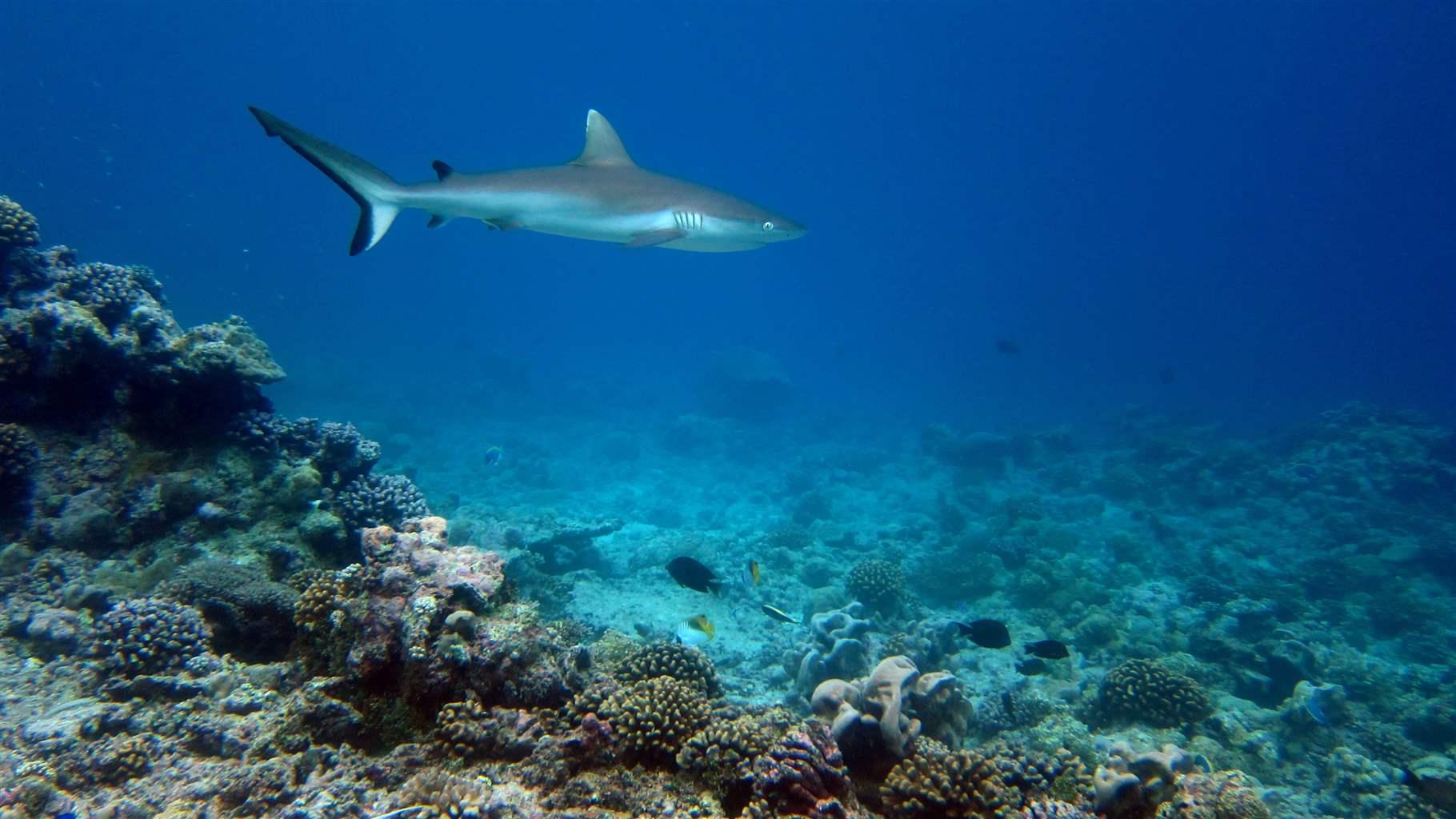Marine Reserves, Regardless of Location, Can Help Coral Reefs and Fish
But study finds top predators almost exclusively in remote protected areas

A recent study on ocean conservation found that marine reserves in remote areas with low human impacts have more than four times as many fish as those in highly fished areas.
The study, published in June in Proceedings of the National Academy of Sciences of the United States of America, examined nearly 1,800 tropical coral reefs around the world. The research team of 37 scientists, led by Professor Josh Cinner from the ARC Centre of Excellence for Coral Reef Studies at James Cook University, in Queensland, Australia, compared the effectiveness of different reef conservation strategies to identify the most effective ways to protect fish populations.
The researchers compared the most remote reefs in the world subject to the least human pressure with those that were most heavily affected and closer to human populations. They then used this gradient of human pressure to find out how much of a difference reef protection was making and where reserves were having the greatest impact.
In addition to finding conservation advantages in remote areas, the study also concluded that nearshore marine reserves with heavy human pressure benefit from protection. For example, although reserves in areas with high human impacts are relatively depleted, they support five times as many fish as openly fished areas under similar human pressure. This result shows that marine reserves play a vital conservation role even for reefs subject to heavy human impacts.
The scientists encountered top predators, such as sharks and other large reef fish, in only 28 percent of the reef sites they surveyed across the globe. In fact, the scientists were 100 times more likely to encounter top predators in remote reserves than in those located near cities, towns, or settlements.
“Compared to marine reserves far from these human pressures, reserves near high human pressure had only a quarter of the fish and were a hundred times less likely to have top predators, such as sharks,” said Cinner.
These results show that remote protected areas are important for conservation of such predators, which also include large groupers and snappers. Although the study didn’t specify why sharks do better in remote reserves, the scientists believe reserves near heavily fished areas are probably too small to adequately protect animals with large hunting ranges that are likely to expose them to fishing when they stray outside reserves.
For most fish species, marine reserves yield the greatest benefits when human pressure is moderate. Although the study found substantial conservation improvements for non-top-predator reef fishes in areas with even the highest human pressure, researchers observed that the greatest gains occurred under moderate pressure. Reserves appear to be critical to support top predators because conservation benefits for top predators decline rapidly as human pressure increases in both reserves and restricted areas.
These results show a clear tradeoff: While creating marine protected areas in moderate- and high-impact regions can lead to substantial increases in fish biomass, it is unlikely to support key ecosystem functions like predation.
“Remote reserves far from people are where we often found top predators such as sharks. But reserves near people, although they rarely had top predators, can help to sustain many key fisheries species,” said Cinner.
Polita Glynn directs the Pew Fellows Program in Marine Conservation for The Pew Charitable Trusts.






